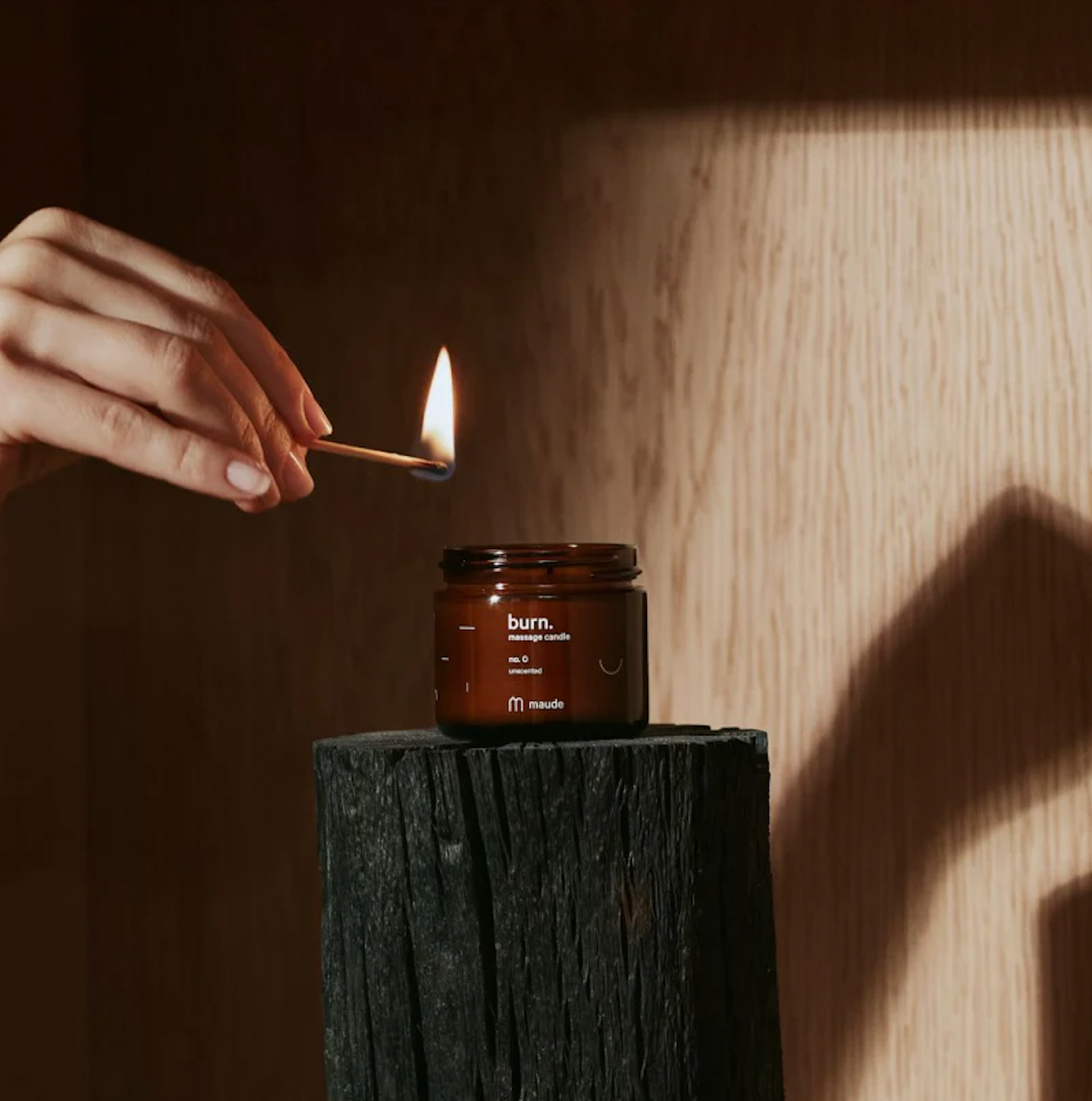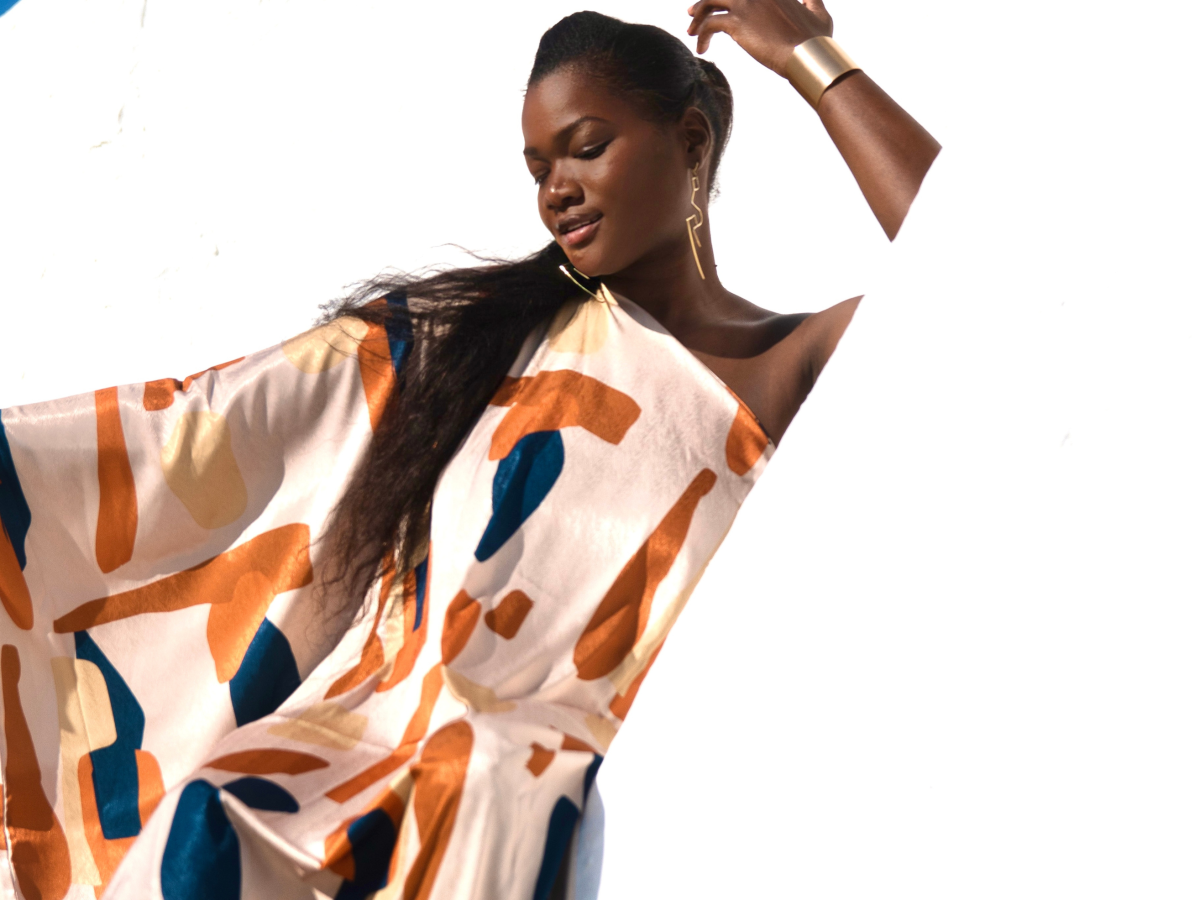
Diarra Bousso grew up in Senegal where art was everywhere.
“People are always dressed up, everyone has paintings,” she tells ESSENCE dreamily. Everywhere she turned, beauty met her. A creative herself, she cherished her surroundings. But as she got older, she realized that in her culture, art wasn’t valued as much as science.
“I was told that art is what you do for free—science is what makes a living.”
Her parents encouraged her to study STEM, which led her obtaining a degree in finance, and quickly landing a job on Wall Street at just 23 years old. Despite the high earnings and flashy title, she realized she had to pivot. Not yet ready to give her job up, she harnessed her creative energy into fashion photography and captured New York City natives’ street style via her Tumblr account. It was enrapturing.
“I fell in love with it. Seeing people in their finest, going to events,” Bousso tells ESSENCE. “I would find events and groups on Facebook that have to do with photography or fashion, and delve in. I just wanted to be part of that world.”
On the weekends, the joy she cultivated through creativity burned bright. During the week, that flame was snuffed.
“I had this major imposter syndrome because Monday through Friday I’m on the trading floor doing finance work that I didn’t really like. But in my downtime, I was this other persona. It was like a secret. I wasn’t talking about it at work because it was so not cohesive with what was going on in my professional life. There was a huge disconnect.”
The widening chasm between her passion and profession flung Bousso into a deep depression, so like most of us, she went home to find herself.
“After living away from Senegal since I was 16 to go to high school in Norway, then attending college in Minnesota, then working in New York as a young adult, I hadn’t lived in Senegal for a long time.”
Returning home for an extended visit felt like a rebirth for her. But the sweet homecoming met a sickening turn.
“I had a major accident when I got home, and I had to take a six month leave from work.”
The incident left her an amnesiac. As a part of her memory recovery process, she did what came naturally—created.
“Drawing was my way to remember. And I went back to the Tumblr blog started posting the drawings I was making from my hospital bed and pictures I was taking when I would go to the doctor.”
Her entire life had devolved into just physicians’ visits, checkups, memory work and repeat. The one saving grace was her creativity. And something incredible happened.
“My mom, the most elegant person in the world, thinks dressing up will solve all your problems. While recovering, I couldn’t walk. I was bedridden. Half my teeth were gone. I’m not in a way, to dress up. But my mother would take the time to dress me up every single day to go to the hospital in the most beautiful dresses. Caftans. Head wraps. Color. Pattern.”
Bousso didn’t understand why, but she allowed her mother to adorn her with the most gorgeous outfit, and color her mundane life. And then, she realized why this was so important.
“When I would go for my checkups, my mother would tell all the doctors to tell me how beautiful I was. That experience shifted everything for me. I was in this space of maybe suffering and not being in my best, but I was so happy. I felt so beautiful. I felt so validated. I felt celebrated online, too. My Tumblr blog gained, like, 19,000 followers in that period.”
Shortly after, DIARRABLU was born.

The brand’s name comes for her own, as well as a belief system she’d adopted during her recovery process.
“Blue to me, is like no limit,” she tells ESSENCE. “Like when you look at the ocean, it doesn’t end. At some point, we’ll meet up with the sky. But that’s just an illusion. It goes forever. And that, to me, is blue. And that’s why I didn’t use the color blue. It’s just blu. It’s a concept. It’s a concept of that feeling of looking at the ocean, and it never ending. And for me, it kind of keeps me grounded and connected to that phase that I went through where I had limits. And that made my life very difficult. But the moment I stopped imposing those limitations on my is where all this magic happens. It was all in my mind.”
That concept also applies to her design process.
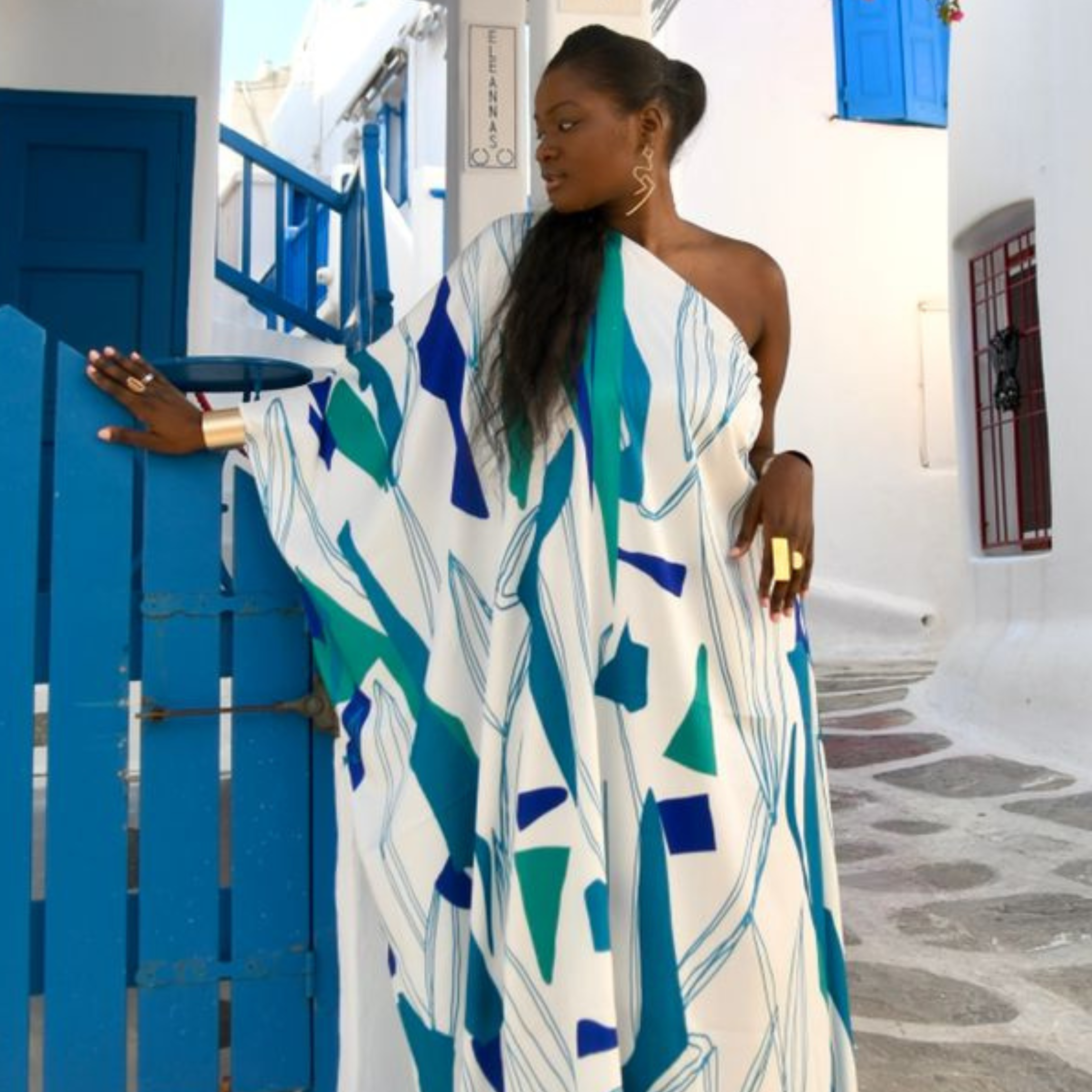
“We really try to make our designs feel infinite. The garments are convertible adjustable, wrappable. You can buy a caftan and wear it like so many ways. We do have sizes and stuff, but you can be generous in the size chart. Your height can be customized. You can be all the things you want. And that’s what DIARRABLU is about.
After fully recovering, Bousso returned to school for a mathematics graduate program at Standford University at the encouragement of her concerned family.
“They didn’t want me to waste my life. My parents told ‘You’ve done your whole phase of being eat, pray, love. We tolerated it for quite some time, but it’s time to find yourself a job.’ But, this is my job. I’m an artist. Only I didn’t have any money. So back to school I went, because again, I didn’t want to disappoint my parents.”
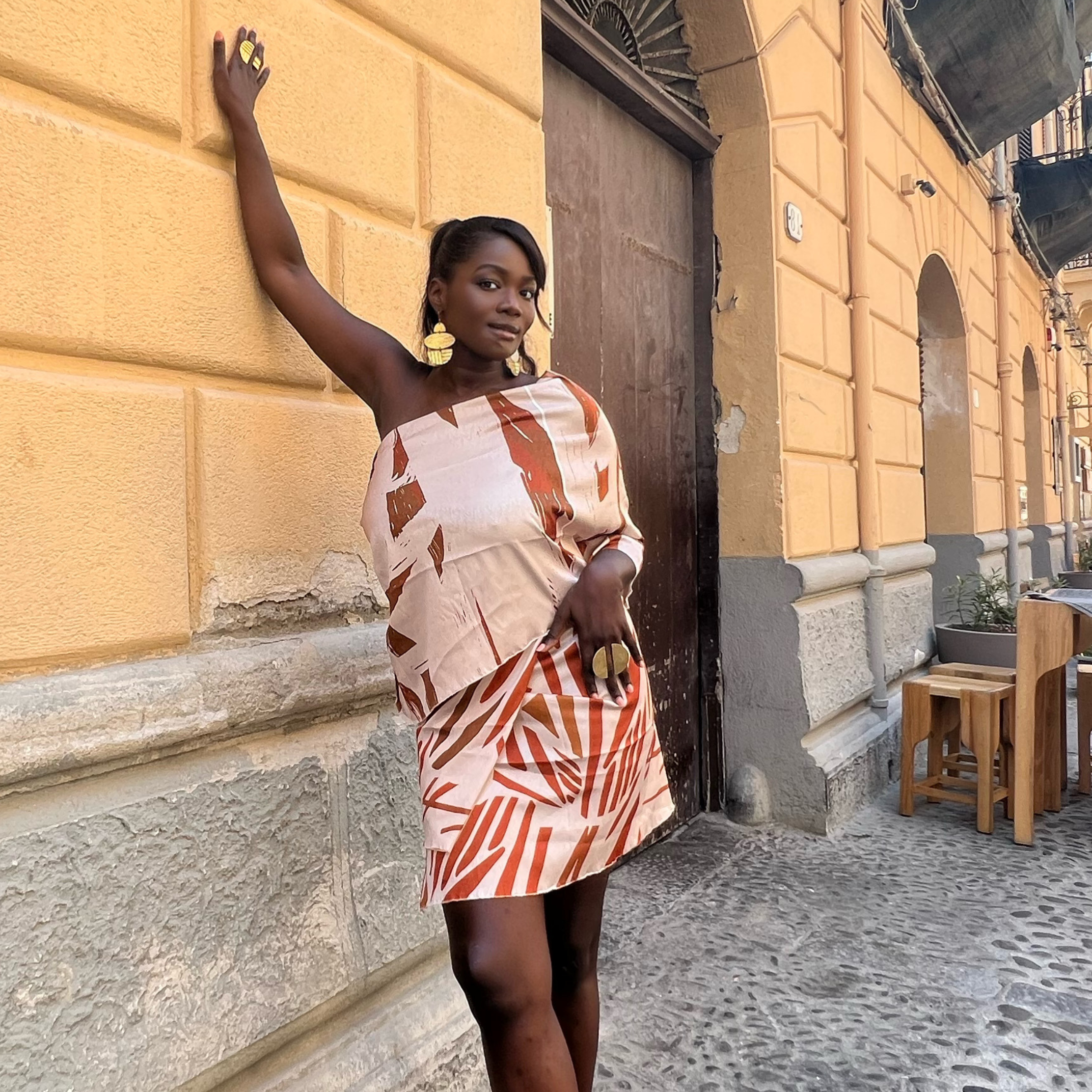
For a time, she taught math, but again, was pulled toward her creative roots. This time around, she melded both sides of her brain and pouted it into her fashion brand. Leaning on the use of mathematical algorithms to create captivating prints and patterns for her range of versatile garments, Bousso built her brand based on both her loves.

Early on, Bousso recognized the crucial importance of baking sustainability into the DIARRABLU’s brand ethos, and ensures every garment is made-to-order in the brand’s Dakar atelier by Diarra’s team of artisans including some of her family members.

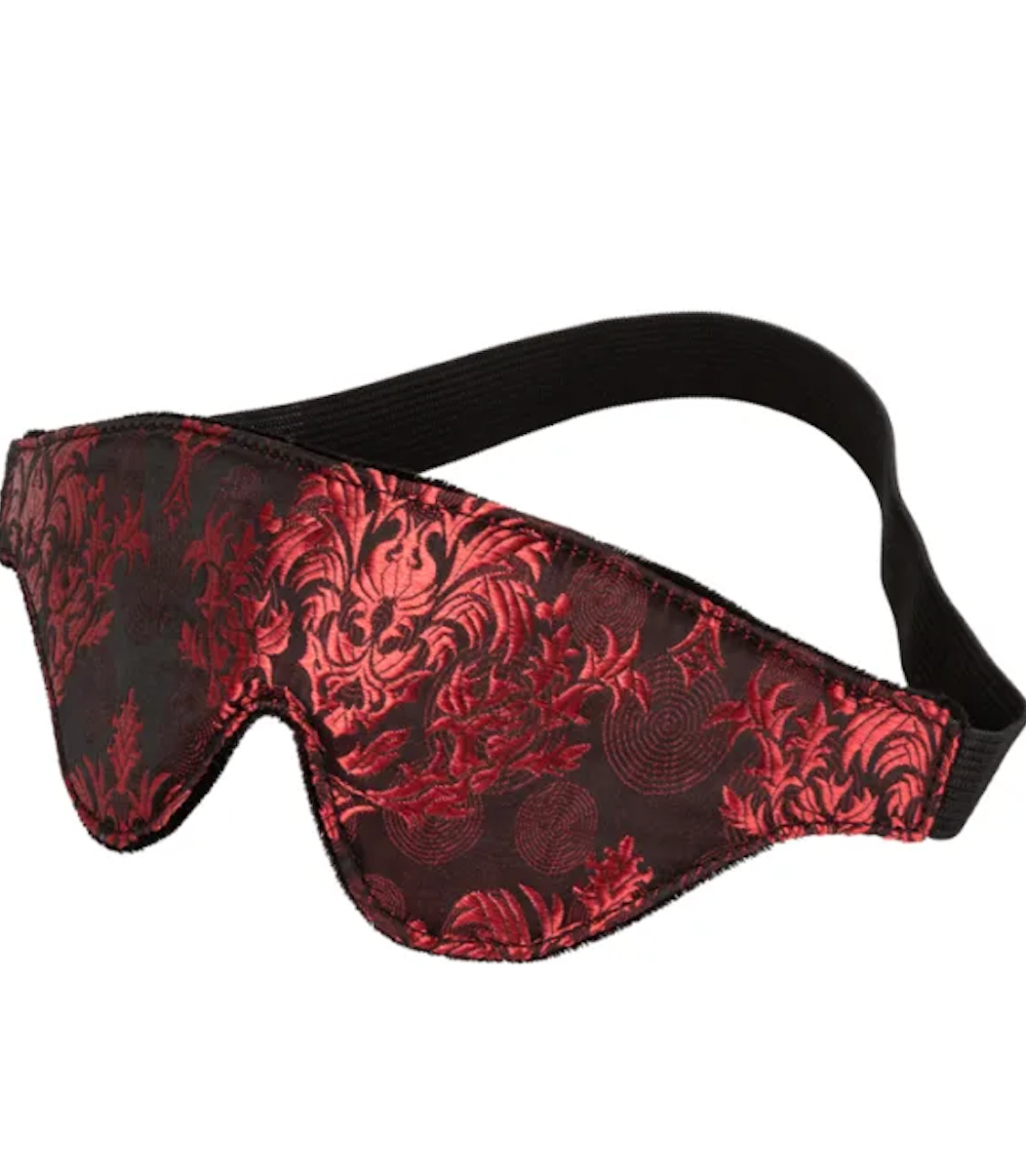
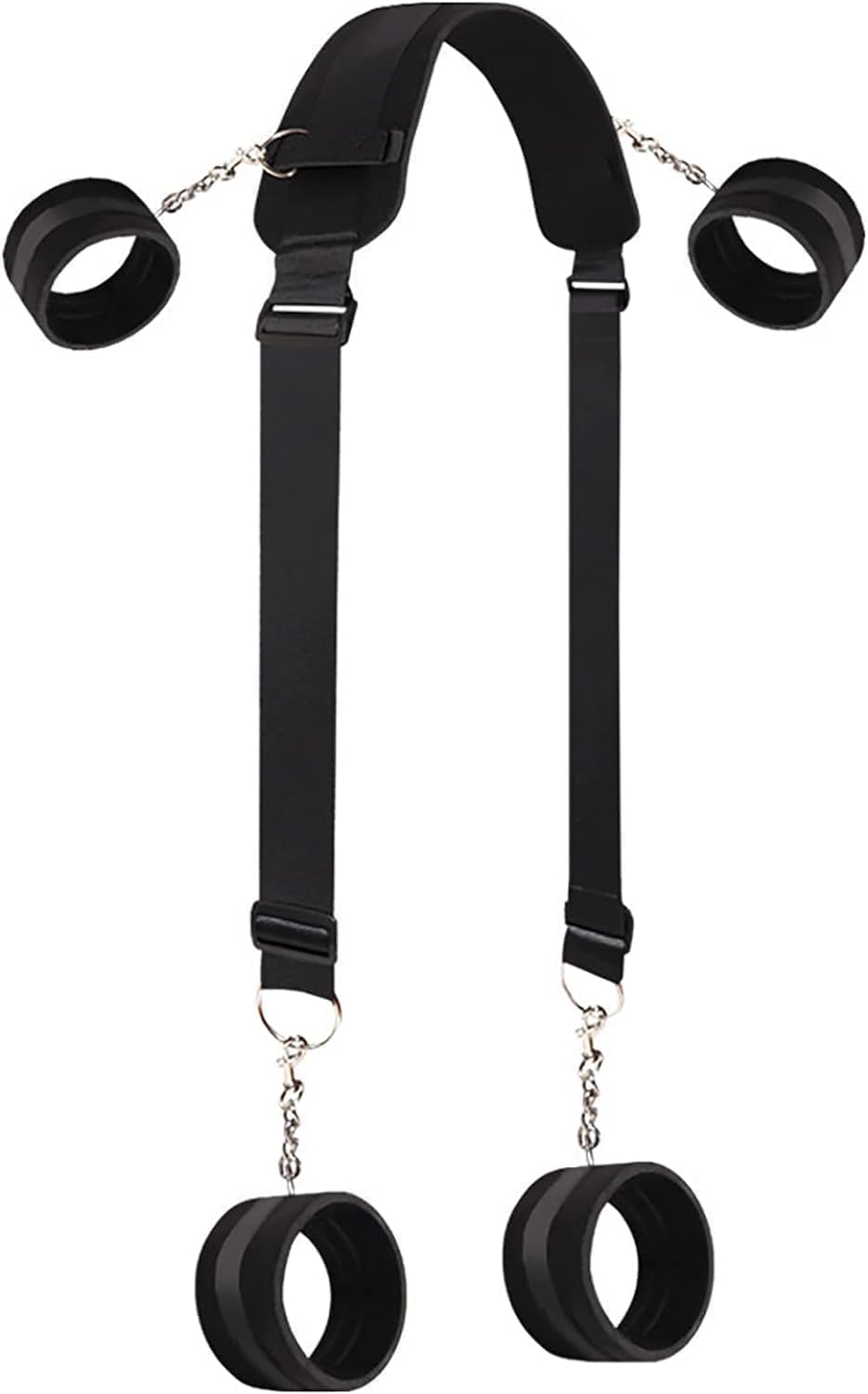
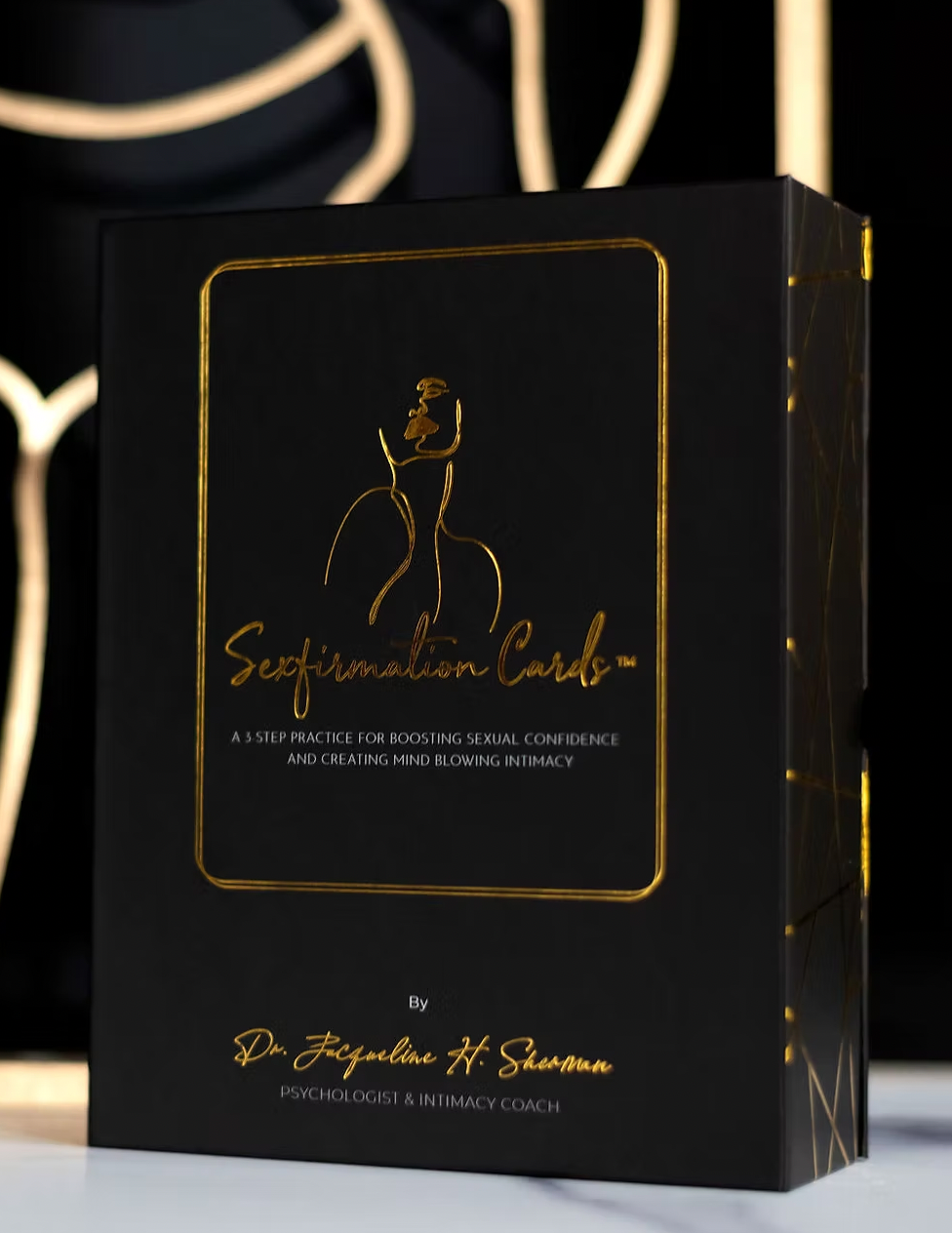



“I can’t even express how much I love my family and how much they love me. And I come from a culture where that’s kind of what’s cultivated. Your parents are everything, and their approval matters. But also, growing up, I was always so loved and supported because I was the smart kid. My gifts were recognized in math, and you’re not allowed to waste your intelligence. So, I always thought I would only be able to make my parents proud pursuing just math. But honestly, they just wanted to see me being productive in my gifts, regardless of what that looked like. And then the reassurance of realizing they will just love you anyway. They just want you to be happy. And maybe they think that what’s best for you to be happy is to be a banker and make a lot of money so you don’t struggle and all of that. But deep down, once everything happened, I realized they just want you to be happy.”
“I almost lost my life, but my family’s love saved me. And that love led to another savior. My art.”
